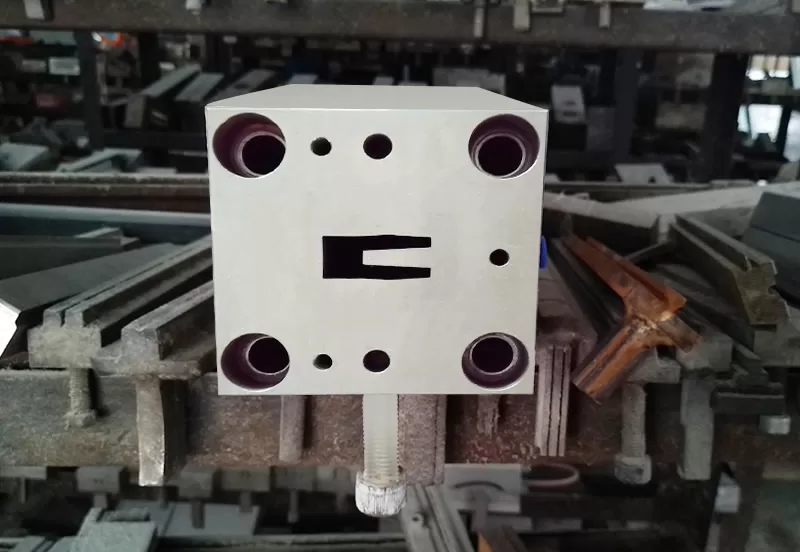Mold temperature is a critical factor in the extrusion process of custom plastic profiles, significantly influencing product quality, production efficiency, and overall costs. Precise temperature control can enhance dimensional accuracy, reduce defects, and optimize material properties.


Mold Temperature and Surface Quality:
A hotter mold surface maintains the plastic in a molten state longer, allowing for better cavity filling and improved surface replication. This reduces the likelihood of defects like gate stains, ensuring a smooth and consistent finish. However, excessive mold temperatures can lead to material degradation and dimensional variations.
Mold Temperature and Flow Behavior:
Increasing mold temperature can reduce flow resistance, leading to faster filling times and higher cavity pressures. This can result in flashing if not managed properly. Effective injection rate control and mold design are essential to prevent these issues.
Mold Temperature and Material Properties:
Higher mold temperatures can generally improve material properties like tensile strength. However, excessive heat can cause material degradation and reduce overall part quality. Insulating the mold and minimizing heat transfer to the injection molding machine can help optimize temperature control and reduce energy consumption.
Mold Temperature and Cooling:
Mold core temperature plays a crucial role in cooling efficiency and stress development. While lower temperatures can increase production rates, proper cooling is essential to prevent dimensional distortions and stress-related defects. Balancing mold temperature and cooling time is critical for achieving optimal results.
Conclusion:
Mold temperature is a complex variable that significantly impacts the extrusion process of plastic profiles. By carefully controlling mold temperature and considering factors like material properties, cavity design, and cooling conditions, plastic extrusion manufacturers can optimize production efficiency, improve product quality, and reduce costs.
